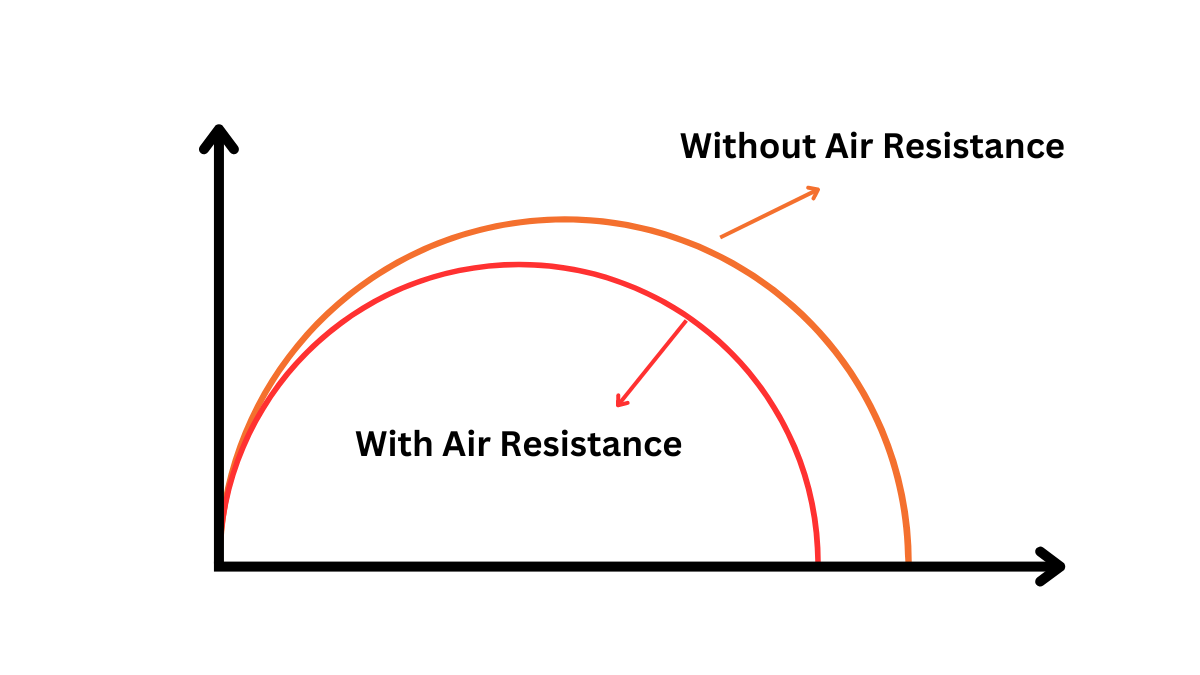Why Do We Lose Our Balance When We Step Down From a Moving Train?
When we step down from a moving train, our bodies experience a sudden change in momentum. This is because our bodies have adapted to the motion and speed of the train, and they are still expecting the movement to continue. This sudden change can throw off our balance, causing us to stumble or fall.

Additionally, the force of the moving train can create an imbalance in our bodies, making it even more challenging to maintain stability. Therefore, it is important to be cautious and take small, controlled steps when stepping down from a moving train to avoid losing balance.
Understanding Balance and Equilibrium
Balance is a fundamental aspect of human movement and is controlled by a complex interplay of sensory inputs. These inputs include proprioception (awareness of body position) and the vestibular system (inner ear balance sensors). Equilibrium, on the other hand, refers to the ability to maintain balance while in motion or at rest.
The Role of the Vestibular System
When we are on a moving train, our vestibular system detects motion and acceleration. However, when we step down onto the stationary ground, there is a momentary disconnect between what our inner ear senses and what our eyes perceive. This sensory mismatch can lead to a feeling of unsteadiness.
Visual Perception and Motion
Our brain also relies on visual cues to interpret motion and adjust our body’s position accordingly. Stepping off a train disrupts the visual input our brain expects, causing a brief lapse in our ability to react appropriately.
Influence of Inertia
Inertia is the tendency of an object to resist changes in its motion also plays a role. While on a moving train, our body adjusts to its velocity. Stepping down suddenly requires our body to decelerate, momentarily throwing off our balance.
Adapting to Stationary Ground
After stepping off a moving train, our body needs a moment to re-calibrate to the stable ground. This adjustment process involves the muscles, joints, and nervous system working together to restore balance.
Factors Amplifying Disorientation
Factors such as the speed of the train, the duration of the journey, and individual variations in sensory perception can amplify the disorientation experienced when stepping down.
Mitigating Balance Issues
It is recommended to hold onto a handrail while stepping down from a moving train to minimize the loss of balance. This provides extra support and helps your body adjust to the change in motion.
Safety Measures
Train operators and transportation authorities implement safety measures, such as slowing down trains as they approach stations, to reduce the impact of sudden motion changes on passengers.
Real-Life Applications
Understanding the science behind balance and motion can lead to improved safety designs in public transportation systems and enhance passenger experience during train travel.
Common Misconceptions
Contrary to common belief, the loss of balance when stepping off a moving train is not solely due to muscle weakness but rather a combination of sensory factors.

 written by
written by 




Leave a Reply